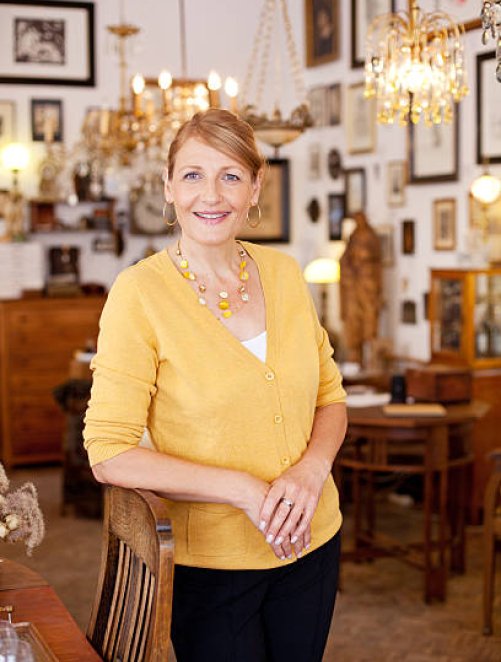




japanese sword. This is email I am sending in because of problems with getting photos that we now have (9 of them)
The maker's name is inscribed on the "tang" inside the handle. Can't read it. I have had it since the 1950's. One eighth of tip of blade broken off. Some water damage to scabbard. Man that refinishes swords says blade in very good shape. Tang is very dark and rusty. Blade has proper curve and very sharp. Scabbard is leather over wood. It is dinged up like it has been constantly used. It has Patina showing it has been used. It has a steel blade and all the other elements called for that puts it in the "Katana" class of Japanese swords. The man said it is a 90% sword because of the shape of the blade. He discounted the short tip. Value wise he says he has seen swords like this go for $5.000 to expert collectors. I was given to me by my Father who was in the Army surplus business at the time. He started it in 1947 after realizing a business could be started selling Army surplus. He must have gotten it that way. I was born in "44." So not sure.
Over all =34.25Blade top to bottom=1.25Blade thickness=.25
Inherited
Yes


Hello, this item is a pair of Japanese tansu chests, crafted with traditional joinery and ironwork fittings typical of mid- to late-20th century tansu furniture. The visible grain and coloration suggest solid sugi (Japanese cedar) wood with decorative black iron hardware, following a Sendai or Kanto tansu style. This particular form with symmetrical ironwork and drawer layout was commonly produced for both storage and aesthetic value, reflecting the Edo to Showa period influences but likely dating closer to the post-World War II era due to the provenance provided (gifted in 1979).
Considering their condition, complete original hardware, and market trends for vintage tansu furniture, these pieces hold a fair market value ranging between $600 to $1,200 for the pair at auction or in a specialized antique furniture retail setting.









